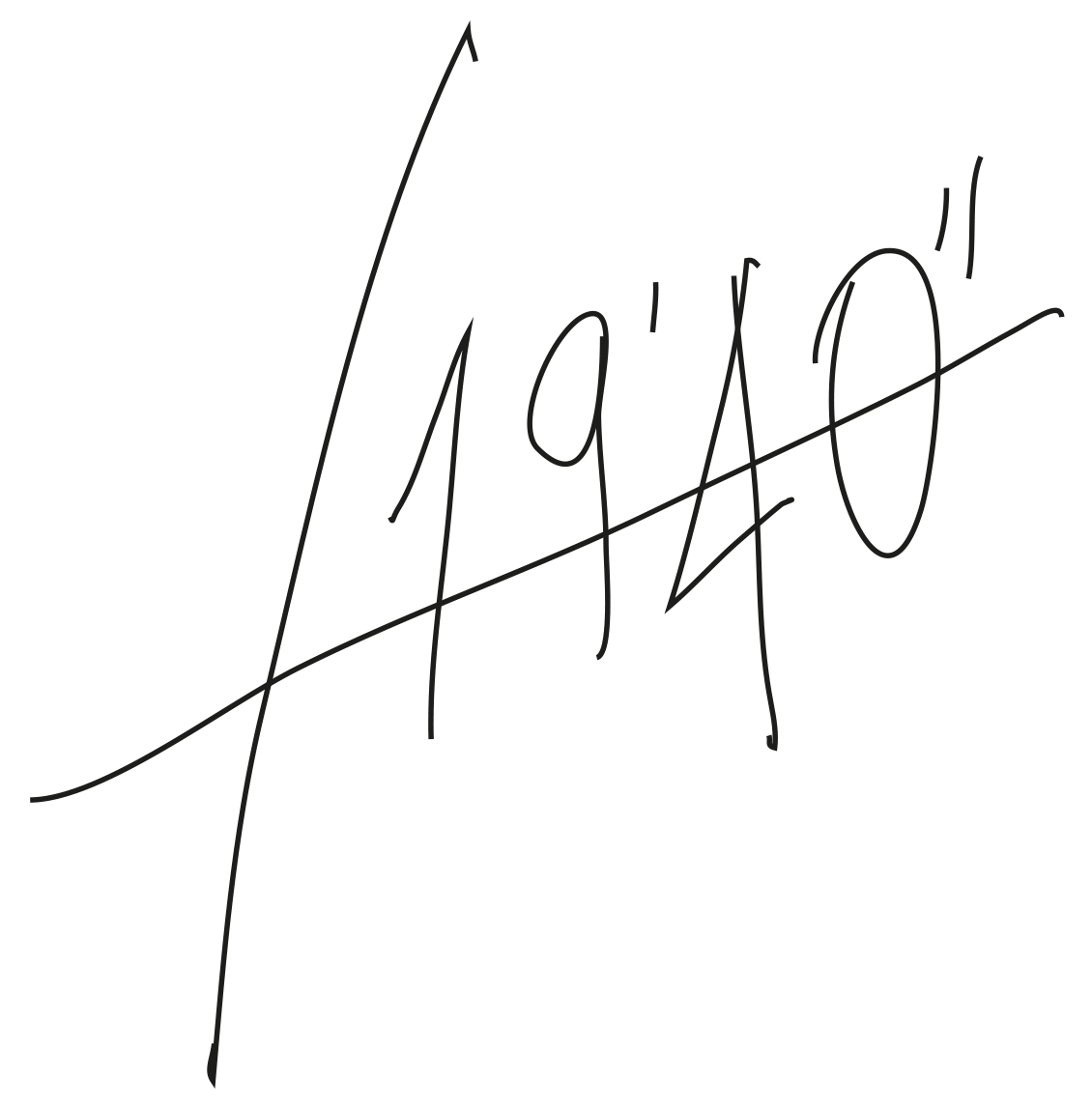In August, Black Classical Music will be released, the twenty-first release by 19'40''. It includes works by Afro-descendant composers. In this series of articles, we tell the stories of the composers and their work.
GEORGE WALKER

Di Unknown Photography Studio - Unknown, CC0, Collegamento
George Walker was a highly esteemed American composer who left an indelible mark on the classical music world. Born on June 27, 1922, in Washington, D.C., he achieved historical significance as the first African American composer to be honoured with the Pulitzer Prize for Music.
From an early age, Walker displayed exceptional talent as a pianist, which led to his admission to the prestigious Curtis Institute of Music in Philadelphia. Under the guidance of the legendary Beethoven interpreter Rudolf Serkin and the Italian composer Rosario Scalero, he honed his skills and unleashed his creative genius.
Walker’s compositional style was profoundly influenced by the likes of Johannes Brahms and Samuel Barber (who was taught by Scalero), resulting in a distinctive fusion of traditional forms with contemporary musical idioms. Notable works include the groundbreaking Lyric for Strings, the powerful Lilacs for voice and orchestra, and the last score he completed, Sinfonia No. 5 “Visions”.
Throughout his career, he received esteemed awards such as the Academy Award from the American Academy of Arts and Letters, the George Peabody Medal, and the George W. Chadwick Medal from the Boston Symphony.
Furthermore, George Walker made significant contributions as an educator, sharing his musical knowledge and passion with students at prestigious institutions such as Smith College, the Peabody Institute, and the University of Colorado. He passed away on August 23, 2018.
Bleu, for violin (Arr. for vibraphone)
George Walker's preference for the violin has a simple explanation: his son Gregory is a splendid violinist. In '58 and '79, father and son recorded together the two Sonatas for Violin and Piano. Bleu, dating back to 2012, was performed by Gregory himself at the Coolidge Auditorium in Washington DC. George Walker masterfully synthesises some of the predominant elements of the blues through highly sophisticated compositional gestures. Throughout the piece, lowered intervals of the third, fifth, and seventh are scattered. Amidst brief moments of lyricism intertwined with faster phrases, two fleeting nods to popular jazz melodies emerge. Sebastiano De Gennaro chooses to perform Bleu on the vibraphone, adding a softer glow to the cool brilliance of the metal, occasionally thawing the icy soundscape of the piece. This execution's detached colouring softens the composition’s harmonies, bringing them closer to a less academic sonic universe. Under this new light, Bleu becomes a work suitable for both grand showcases of contemporary classical music and an evening of solo vibraphone on the stage of Milan's Blue Note.
